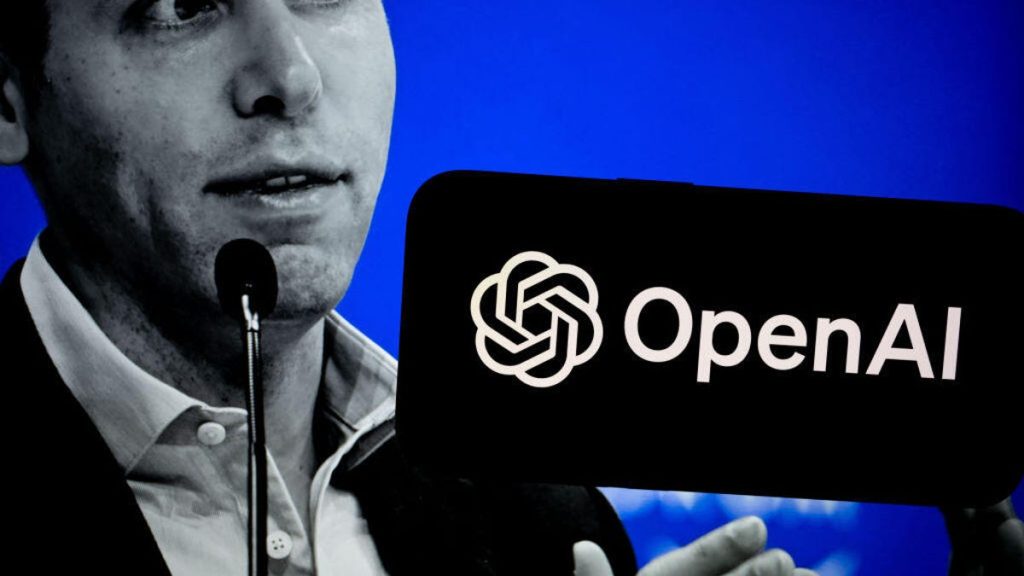OpenAI, the company behind the generative AI chatbot ChatGPT, has quickly become a household name since its public debut in November 2022. Other tech companies like Meta, Google, Anthropic, and Adobe have also launched their own AI-powered tools in response to the success of ChatGPT. These tools aim to assist users in brainstorming, writing, learning, and planning through reasoning, vision analysis, code generation, and multilingual processing capabilities. Despite the initial novelty wearing off, tech companies continue to develop increasingly powerful models with new ways to interact with chatbots and additional functionality such as search.
Founded in 2015, OpenAI initially focused on ensuring that artificial general intelligence (AGI) benefits all of humanity. AGI is a more advanced form of AI that rivals human intelligence and can outperform humans in many tasks. OpenAI released its “GPT” family of large language models (LLMs), which are AI systems trained on massive data sets to understand and generate human language. The company also developed multimodal models within the GPT family to process different content types like video, audio, and images. The latest GPT models, GPT-4o and GPT-4o Mini, along with the newly announced 01 model, facilitate interactions with the ChatGPT chatbot.
ChatGPT leverages generative AI technology to generate responses to user prompts in plain English for a wide range of queries within OpenAI’s safety standards. The chatbot can help with various tasks such as planning a barbecue, explaining historical events, writing poetry, coding, and even passing exams. OpenAI trains its models using publicly available internet data, third-party licensed data, user data, and human trainers. The company filters out undesirable data like hate speech, adult content, and spam from its training data to ensure ethical use of the models.
The first transformer-based language model, OpenAI-GPT or GPT-1, was introduced in 2018, followed by GPT-2 and GPT-3 in subsequent years. The release of GPT-3.5 and the ChatGPT interface in 2022 made generative AI accessible to a wider audience, sparking a transformative era in AI development. The latest GPT models, GPT-4o and GPT-4o Mini, offer more up-to-date responses and enhanced capabilities in understanding and generating larger chunks of text. OpenAI continues to innovate with models like the o1 preview, designed to handle complex tasks and solve harder problems in math, science, and coding.
Apart from language models and chatbots, OpenAI has developed text-to-image models in the Dall-E family and a text-to-video model called Sora. Dall-E 3, the latest text-to-image model, excels in generating both realistic and surreal images, while Sora is a text-to-video model expected to be released soon. OpenAI also offers APIs for developers to create custom AI applications based on its technology and share them in an app store. The company is also testing a search engine prototype called SearchGPT, which aims to generate answers to questions with links to online sources.
OpenAI’s leadership team includes CEO Sam Altman, CTO Mira Murati, CFO Sarah Friar, and former chief scientist Ilya Sutskever. The company’s founders, including Altman and Elon Musk, along with investors like Microsoft, Reid Hoffman, and Peter Thiel, have committed significant capital to support OpenAI’s research and development of AI technology. OpenAI’s partnerships with tech giants like Apple and its collaborations with media companies for licensing news stories demonstrate the company’s growing influence in the AI industry. Despite controversies and legal disputes, OpenAI continues to push the boundaries of AI innovation and shape the future of artificial intelligence.


